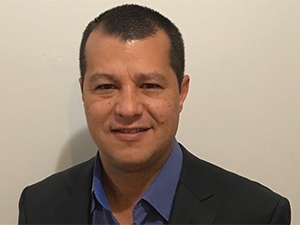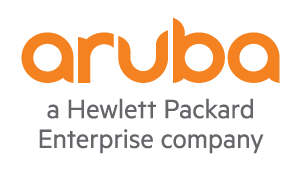
Pieter Engelbrecht, country manager of HPE Aruba, Hewlett Packard Enterprise, SA.
This is according to Pieter Engelbrecht, country manager of HPE Aruba, Hewlett Packard Enterprise, SA, speaking at the ITWeb Enterprise Mobility 2017 event yesterday in Johannesburg.
"As a result of the rapid expansion of mobile devices into the modern organisation, unique opportunities present themselves."
He discussed the three areas of mobile connectivity in today's organisations.
"Enterprise mobility management (EMM) initiatives can be implemented into intelligent spaces, digital workplaces, and within the IOT [Internet of things] strategy. Intelligent spaces are any public venue such as malls, warehouses, airports, etc, which can be turned into useful connectivity spaces.
"New customer experiences are created using location-aware mobile applications. When consumers walk into these spaces they are offered free WiFi and when they log in, a pop-up message greets them by name, advertising products they are likely to buy."
He referenced a well-known motor company, which had about 50 000 users join its free WiFi platforms across all its US-based branches. The infrastructure, he explained, was used to advertise and provide information to consumers, in turn generating significant profits for the company.
"Intelligent office space or digital workplaces is about creating innovative ways of using technology within the office, such as booking boardrooms, working remotely or using technology to increase the profit margin of a business.
"A physical workspace of one employee, which consists of network cables and a computer, could cost a company between R80 000 and R90 000 each year. And being confined to a small office cubicle is perceived unproductive by some employees as they want to work remotely – and this can be a cost-saving effort for companies," he continued.
In terms of implementing EMM into IOT strategy, Engelbrecht pointed out some companies want to increase their revenue by using intelligent asset-tracking tools in certain parts of the business, such as warehouses.
"A huge revenue loss in some companies is caused by asset theft on high value items in warehouses. Through IOT, the manufacturing industry can use sensors and other tools to draw data used to inform them on how to increase revenue. So there is massive opportunity to generate revenue in these office spaces.
"IOT must be able to be incorporated into the business. If companies don't adapt, they will go under and there have already been a lot of companies that have gone under because they refused to transform digitally," he concluded.



